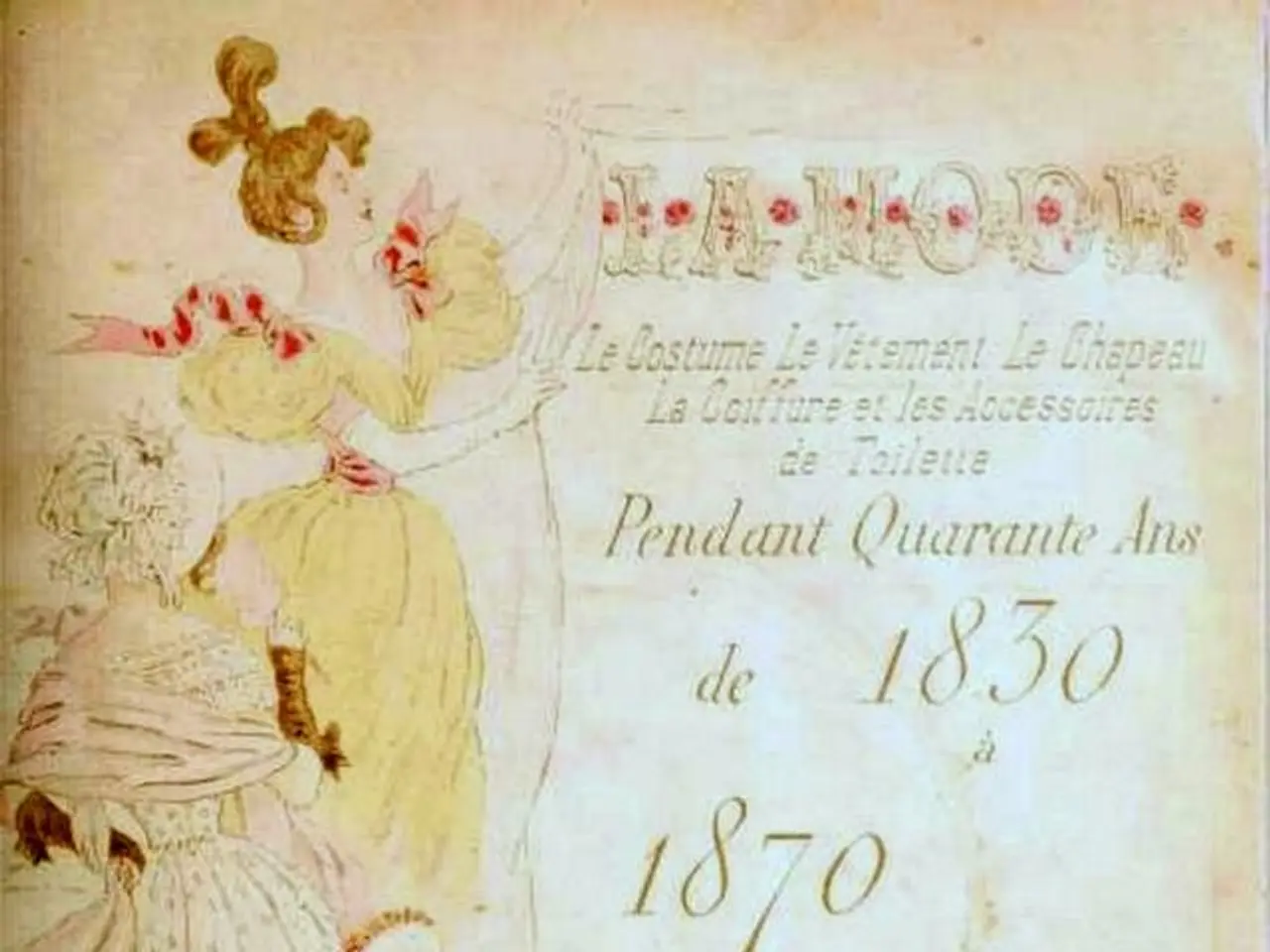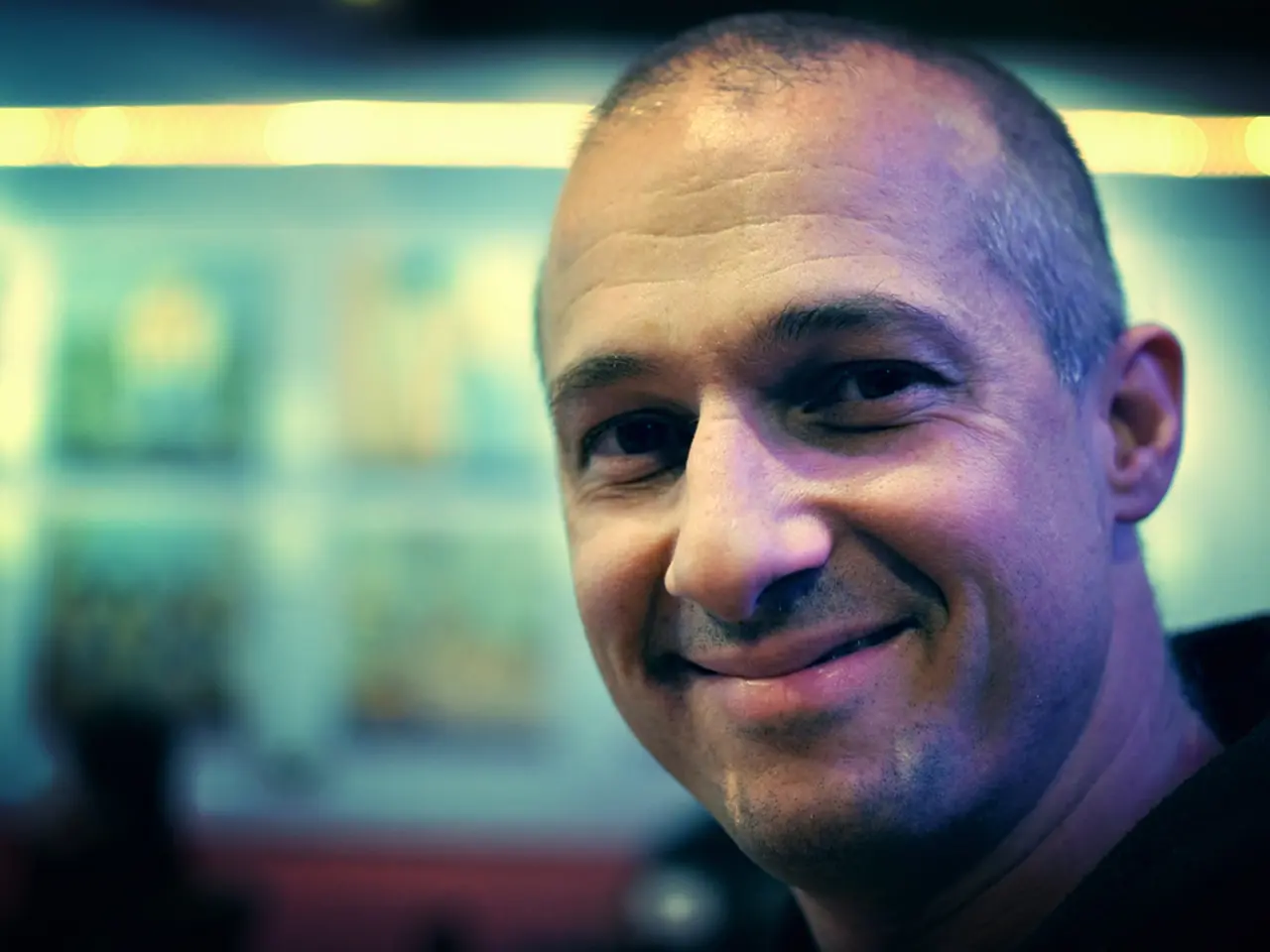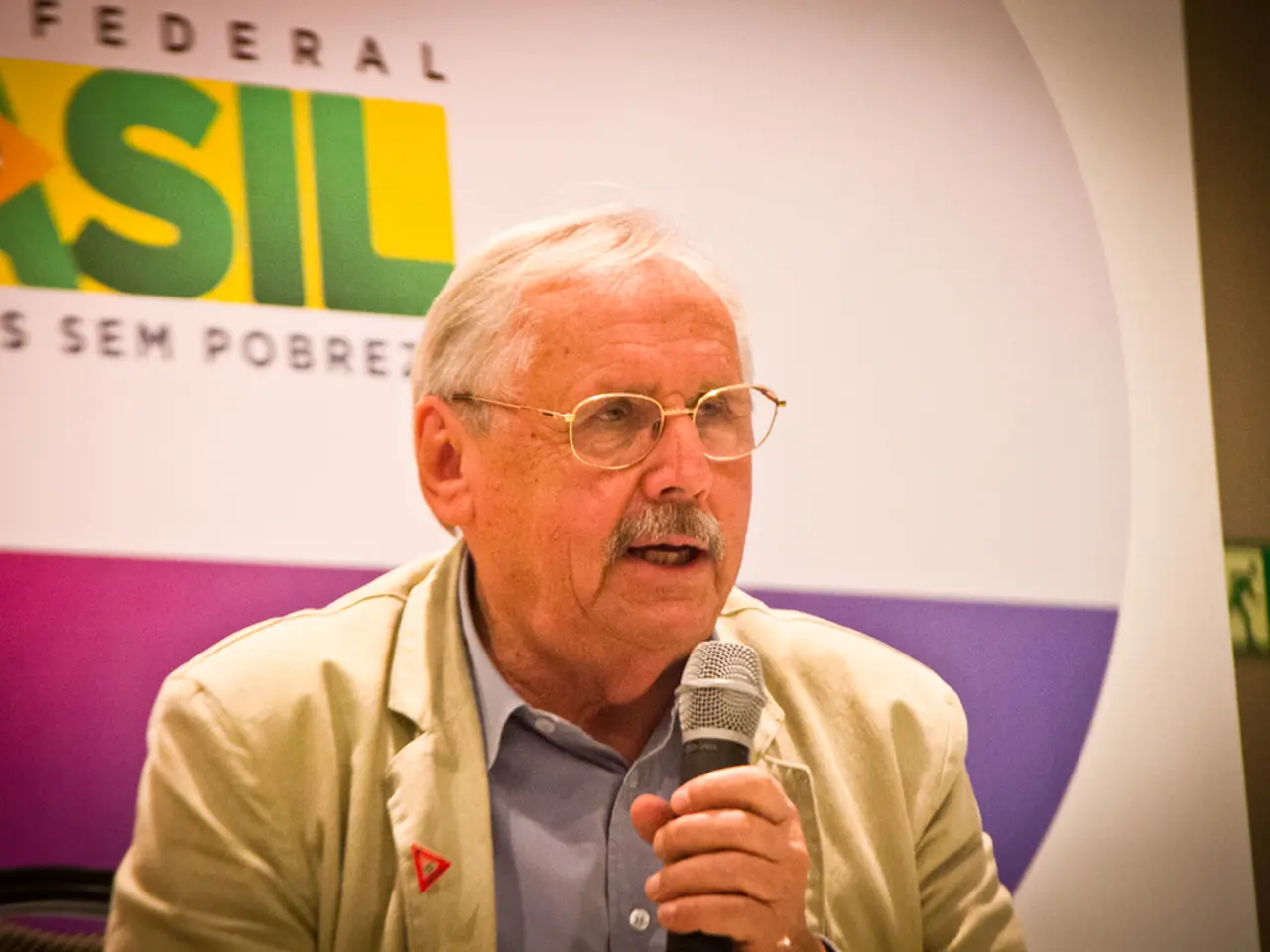Beauty Envelopes the Globe
In the realm of Romanticism, few artists have left such a profound impact as Caspar David Friedrich (1774 - 1840). Born in the small town of Greifswald, Germany, by the Baltic Sea, Friedrich's connection to nature was forged from an early age, shaping his iconic landscape paintings that continue to captivate audiences today.
Friedrich's life was marked by personal tragedy, most notably the loss of his mother and several siblings during his childhood. These experiences haunted him throughout his adulthood, imbuing his work with themes of mortality and melancholy.
Surrounded by the natural landscapes of cliffs and forests, Friedrich's early studies under Johann Gottfried Quistorp at the University of Greifswald emphasized drawing directly from nature through countryside sketching tours. This intimate bond with nature can be seen in his later works, where he masterfully draws viewers into his spell.
Theologically and philosophically, Friedrich was influenced by the theologian Ludwig Gotthard Kosegarten, who taught that nature was a revelation of God. This religious perspective shaped Friedrich’s Romantic approach, where nature is a divine, spiritual force rather than a mere physical backdrop.
Friedrich's formal art education from 1794 to 1798 in Copenhagen exposed him to the Royal Picture Gallery's collection of 17th-century Dutch landscape painting and teachers like Christian August Lorentzen and Jens Juel. These instructors were associated with the Sturm und Drang movement, which bridged the emotional intensity of Romanticism and the earlier neoclassicism, emphasizing mood, emotion, and dramatic natural scenery.
Friedrich’s art is characterized by symbolic and contemplative human figures framed against vast, often somber natural landscapes and Gothic ruins, reflecting themes of spirituality, mortality, and the sublime. These elements, combined with his personal experiences and diverse influences, make Friedrich a foremost figure of German Romanticism, whose landscapes convey deep emotional and philosophical resonance.
In the documentary "Terra X - Giants of Art," Friedrich's work is explored in depth, revealing how he creates places in his paintings that he has never seen or visited. The documentary also illuminates the moments in Friedrich's biography that contributed to the creation of great art, featuring interviews with art historian Birte Frenssen (deputy director of the Pomeranian State Museum, Greifswald) and contemporary artist Ólafur Elíasson.
Heinrich von Kleist, a poet deeply moved by Friedrich's painting "The Monk by the Sea," finds fascination in Friedrich's ability to touch contemporary souls with his paintings. Florian Illies, author of "The Magic of Silence: Caspar David Friedrich's Journey Through Time," aims to understand how Friedrich recognized modern dreams and longings in the past.
Today, Caspar David Friedrich's masterpieces continue to captivate audiences with their simplicity and power, standing as testaments to a life deeply shaped by personal tragedy, nature, and the divine.
Other books on Caspar David Friedrich delve into his life and artistic influences, such as Florian Illies' "The Magic of Silence: Caspar David Friedrich's Journey Through Time." In addition to literature, documentaries like "Terra X - Giants of Art" provide insight into Friedrich's creative methods and inspirations, offering alternative forms of entertainment that explore the enduring resonance of his work.








